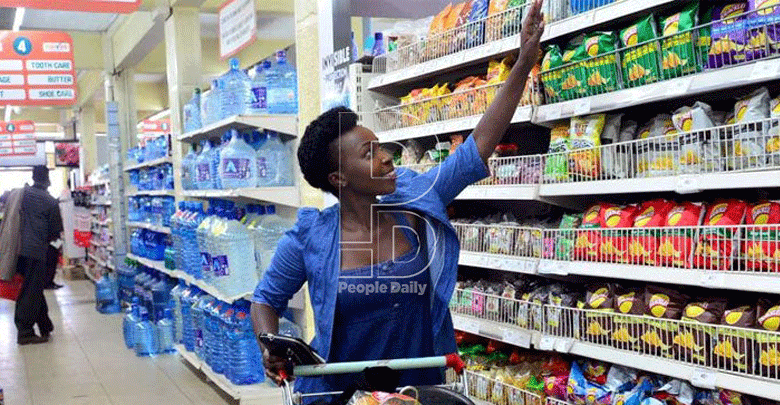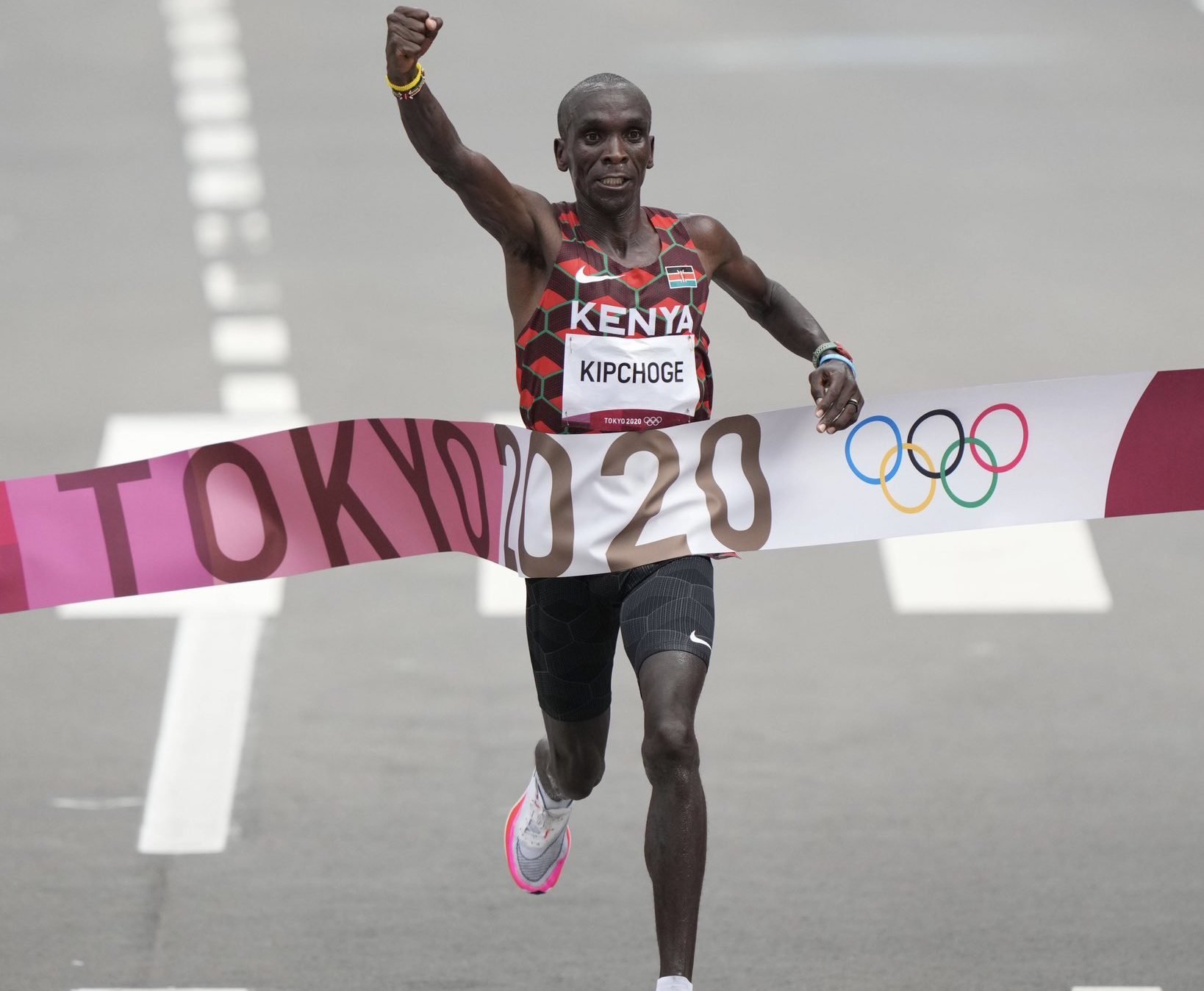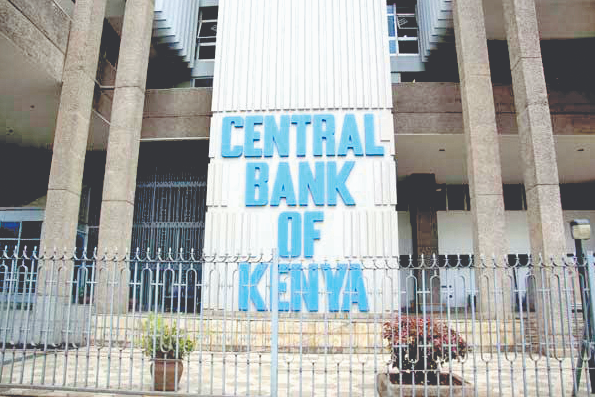Kenya’s paradox of dropping inflation, surging food prices

By Harold Aloo
CONSUMERS: A paradox of declining inflation rate and surging food prices. The latest data by the Kenya National Bureau of Statistics (KNBS) indicating a decline in the overall inflation rate as measured by the Consumer Price Index (CPI) from 6.91 in September to 5.39 in January, is welcome news to the citizens as it signals economic recovery.
Yet, despite the positivity, a closer look at data reveals that there is little to celebrate with the low-income household shouldering a heavier burden as they have become the prime target for bridging the tax shortfall by Kenya Revenue Authority (KRA). The index measures the average change in prices of goods and services.
Relative to December 2021, prices of maize flour-sifted, Sukuma wiki, spinach and Irish potatoes increased by 6.41, 5.69, 5.66 and 3.87 in January 2022, respectively. The overall CPI applicable from September 2021 increased by 2.16 per cent, from 116.674 to 118.642 in January 2022.
The overall prices of basic food items, which takes the largest share (36 per cent) of the basket goods used to calculate inflation, take the largest portion of the monthly budget of poor households.
For instance, a 400-gram loaf of bread now costs Sh5 more due to the global surge of wheat, by 44 per cent; a 13-kilogram cooking gas cylinder increased to Sh2,400 from Sh2,000; while a litre of cooking oil is expensive by an extra Sh40.
Poor households, who make up the majority of Kenya’s population and main consumers of basic food commodities, according to KNBS, had a CPI of 116.8 compared to the wealthy households’ 108.42 in July 2021.
There is, however, a brief relief as it is anticipated the reduction of electricity prices will offset the financial burdens caused by the hiked prices of food items.
Experts explain that this paradox, where inflation drops while the cost of food increases, relates to the little impact of government subsidy programmes on the manufacturing sector and Kenya being a net importer relying on the disrupted global supply chain.
“In as much as the cost of electricity went down, other inputs such as transportation costs and global oil prices that have been high for over one year, erodes the cost-reduction programmes placed by the government,” says Churchill Ogutu, an economist at IC group.















